Every stereo systemOpens in new tab requires an amplifier – it’s what breathes life into the loudspeakers. Even the smallest loudspeakers have an amplification module somewhere in their structure, only it’s usually integrated so well that it can’t be seen. Read on to learn why these amplifiers sound so good.
For those looking to upgrade their mini stereo system for a bigger hi-fi sound, often haven’t a clue when it comes to amplifiers. Even the simplest loudspeaker systems have a mini amplifier integrated. However, it can be useful to buy a more powerful hi-fi amplifier right away, for example, if you want to keep the option of upgrading later. The most important thing to remember as a newcomer to the world of hi-fi is this:
The entire audio system can only be as good as the HiFi amplifier
The amplifier is the link between the audio source (iPod, CD player, record player etc.) and the speakers. A small example: You have just bought the best record player in its class and combine it with excellent speakers. If you now make the mistake of using only a mediocre audio amplifier for the connection, the sound quality of the entire system will be lowered to its level. It is therefore worth investing a little more in the hi-fi amplifier because it is the heart of the hi-fi audio system.
Different types of amplifier technology
As the name implies, the job of an amplifier is to amplify the audio signal from the player so that the loudspeaker can produce a higher level of sound. The exact way in which it performs this task is complex. Still, there are certain fundamentals that everyone interested in hi-fi should know, such as the difference between tube and solid-state amplifiers.
Tube amplifiers
- The very first amplifiers, originally used in televisions, radios and other electronic devices
- Are said to provide a very warm and natural sound which makes them very popular with vinyl fans
- Generally provide higher volumes and wattage output
- Pricier than solid-state
- Easier to repair
Solid-state amplifiers
- Are said to have a sound that is somewhat “cold” or bright compared to that produced by a tube amp
- The sound is more evenly regulated compared to that produced by a tube amplifier
- Less expensive entry models available (although there are costlier, high-end models)
- Harder/more expensive to repair
One thing both tube and solid-state amplifiers have in common is that most make use of preamplifiers, which are usually integrated into the enclosures. A preamplifier brings the audio signal to a level that is optimal for processing. This is required when different signals come together. In such cases, a preamplifier will bring each signal to the same level so that the amplifier can process the signal without level differences.
All-in-one receivers versus standalone amplifiers
At the present time, there are two basic types of amplifier on the market:
• Stereo and A/V receivers: The all-rounders
Stereo receivers like Teufel’s Kombo 62 are popular with many hi-fi setups because of the connectivity they offer in addition to amplification. FM radio, DAB+ digital radio, a CD drive, USB slot for attaching external storage devices and Wi-Fi or Bluetooth connectivity are common features. For a speaker system dedicated to music playback, stereo receivers are a good choice. For TV sound and home cinema, however, an A/V receiver is the way to go. A/V receivers decode standard signals from televisions and DVD players as well as surround sound formats such as DTS-HD Master Audio and Dolby Atmos.
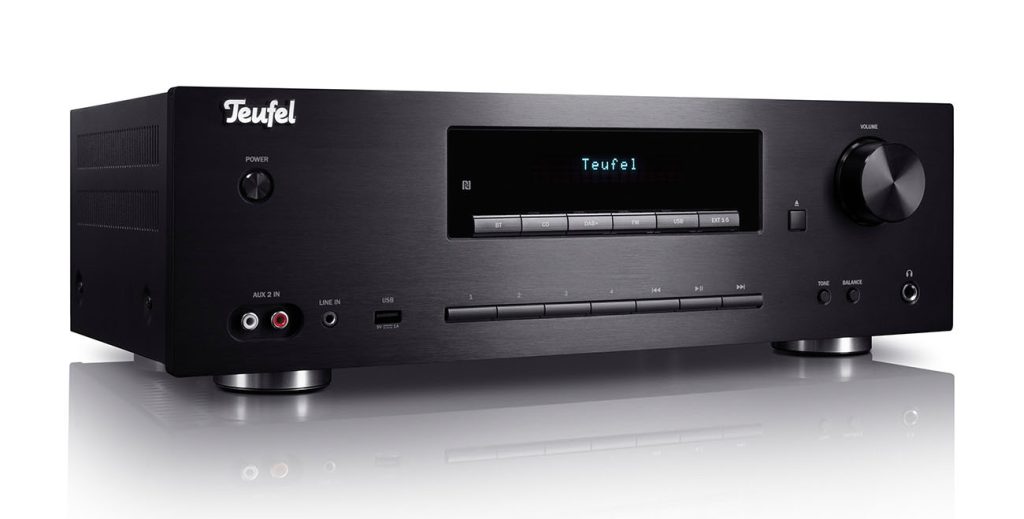
• The purists: Stereo and hi-fi amplifiers
While stereo and A/V receivers are true jacks of all trade, classic stereo and hi-fi amplifiers have really only one dedicated purpose: To amplify the incoming audio signal in a way that will not alter its quality, but simply enhance it so that your speakers can play the music that is true-to-source. They may not boast as many features as A/V receivers but are without equal in producing high-quality music playback. Some hi-fi amps offer basic controls that consist of little more than an on and off switch whereas others offer a few dials for equalizing the sound. Bear in mind, however, that you won’t need to make many adjustments as the better models deliver exactly what audiophiles are listening for: A clear, natural and well-structured sound that contains all the nuances of the original audio signal. Your personal tonal preferences and budget will be your guide when it comes to choosing between a tube or solid-state amplifier.
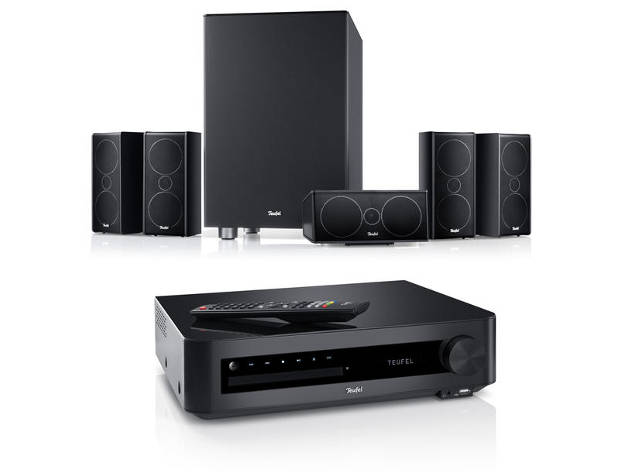
▶ Consono 35 Impaq “5.1-Set”: 5.1-Blu-ray receiver and 5.1 home cinema system in one: This set combines the powerful microboxes of the Consono 35 with our operated complete Blu-ray system Impaq 8000.
▶ LT 4 Impaq “5.1-Set M”: The complete 5.1 Blu-ray system with stylish aluminium speaker columns is ideal for music, movies and games. With 750 watts it also has unbeatable power.
Coda: Let your listening needs guide you to the perfect amplifier
The most important thing to remember as a newbie in the world of hi-fi is that the entire system is only as good as its weakest link. It, therefore, makes sense to invest in a better amplifier as this device serves as the all-important connection between audio sources such as iPods, CD- and record players and the loudspeakers.
The many different types of amplifiers and brands to choose from can easily cause fledgeling audiophiles to become confused, but as long as one remains mindful of the amplifier’s intended use, the decision becomes much easier. Those interested in a 5.1 home cinema system will be well served by a typical A/V receiver with an integrated audio amplifier. This will enable a whole range of entertainment possibilities from a single device. Those who primarily plan to use their loudspeakers to listen to music can go with either a stereo receiver or dedicated hi-fi amplifier.
Conclusion: AV amplifier for home cinema fans and stereo amplifier for music fans
- The amplifier is the heart of an audio system and determines the sound quality
- 5.1 system or home cinema? The choice of the right model depends on the intended use.
- An AV receiver is ideal for home cinema and other consumer electronics in the living room, stereo amplifiers and hi-fi amplifiers are particularly suitable for pure music enjoyment and offer the best sound quality.
Cover picture: by Shenzhenaudio (own work) [CC BY-SA 3.0 (http://creativecommons.org/licenses/by-sa/3.0) or GFDL (http://www.gnu.org/copyleft/fdl.html)], via Wikimedia Commons
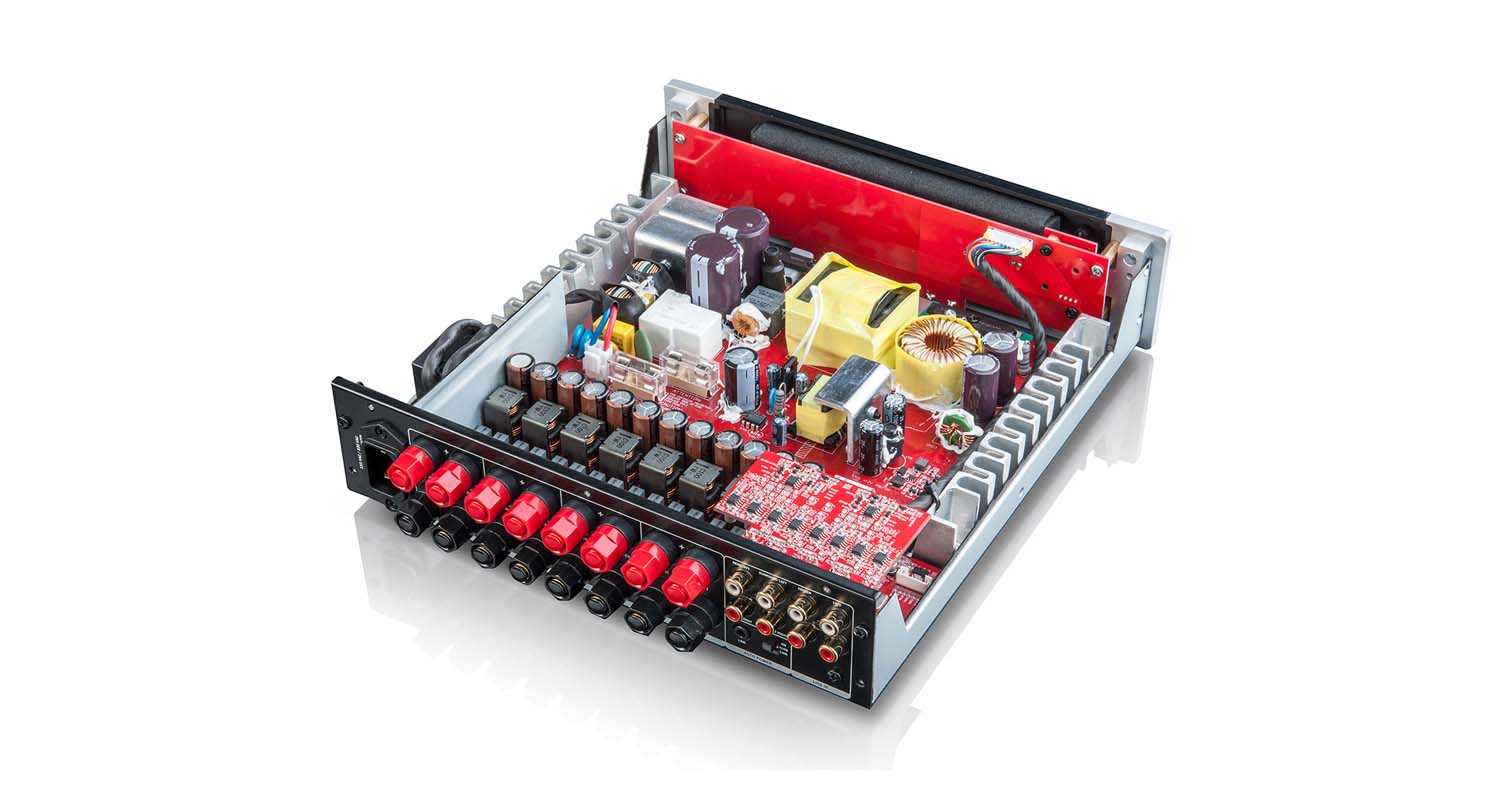
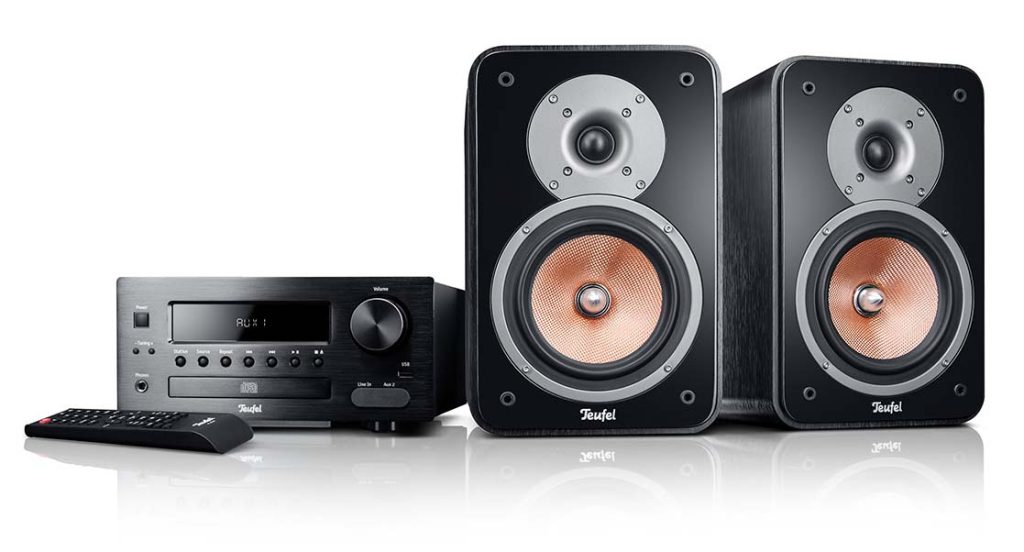

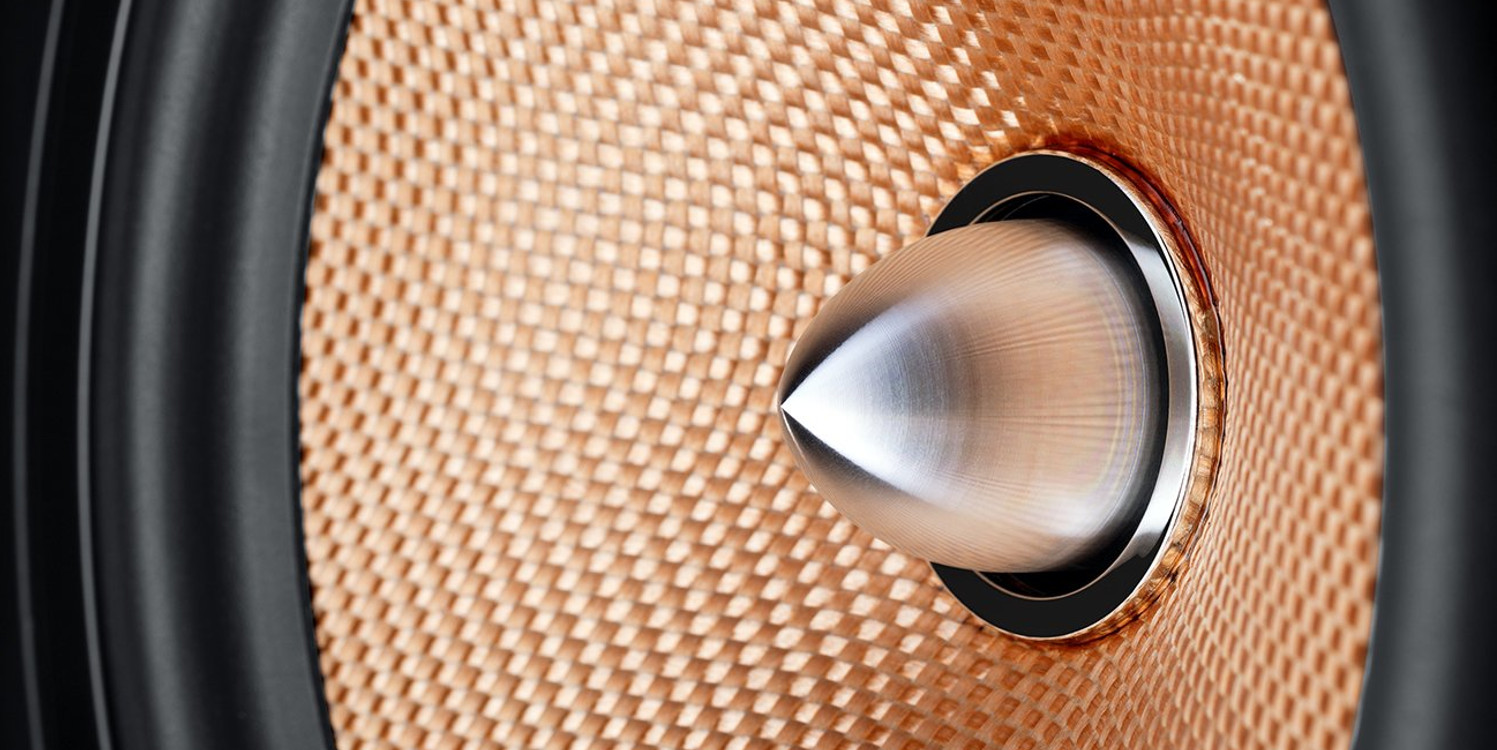


4 responses to “How important is a hi-fi amplifier for your sound?”
Great insights! Amplifier’s impact on sound is truly revolutionary.
You’ve made some good points there. I am glad that you just shared this helpful information with us. Thank you for sharing.
rf amplifiers
Hello admin,
The way you present a subject in an easy-to-understand manner is truly remarkable.
Thank You for feedback